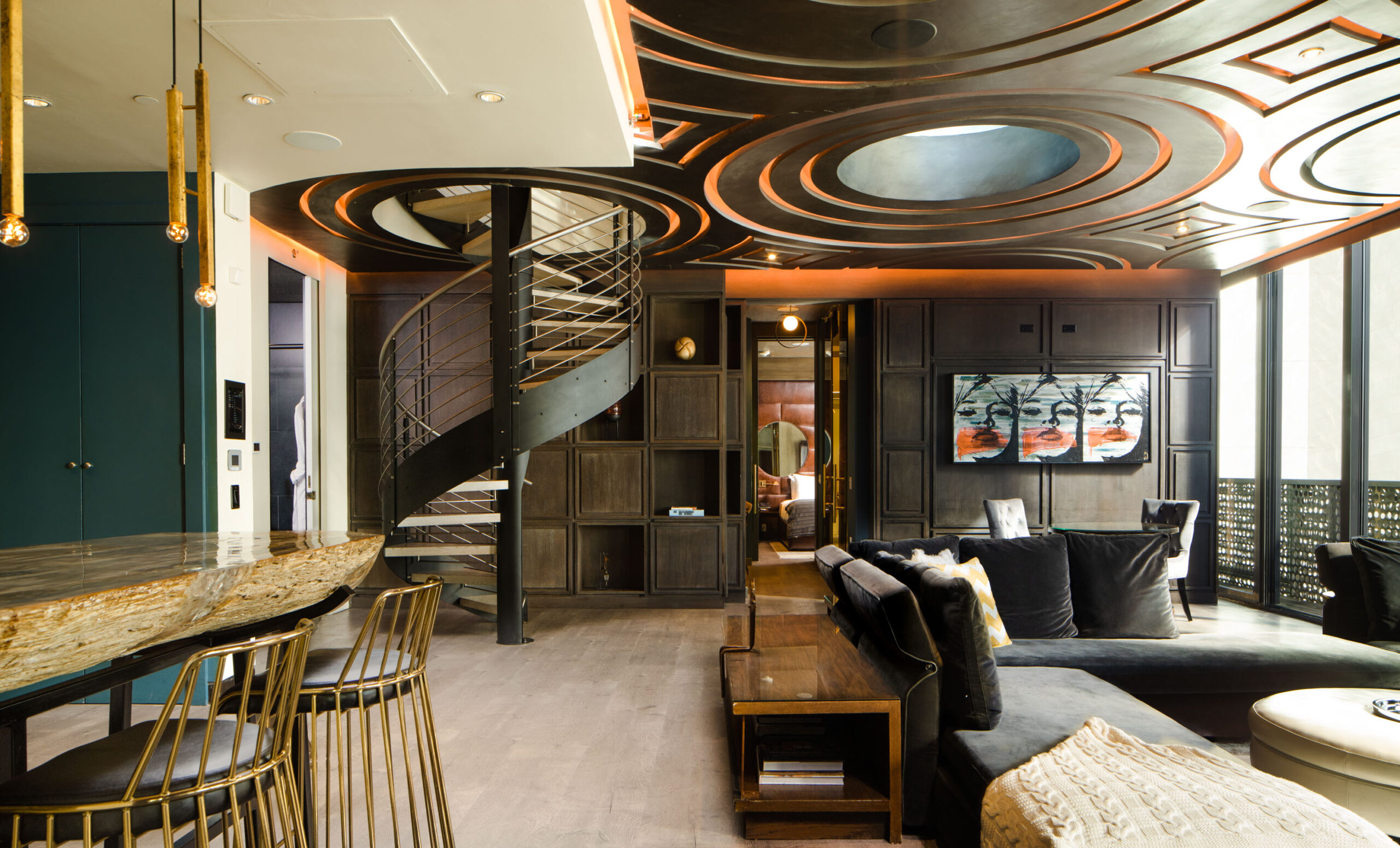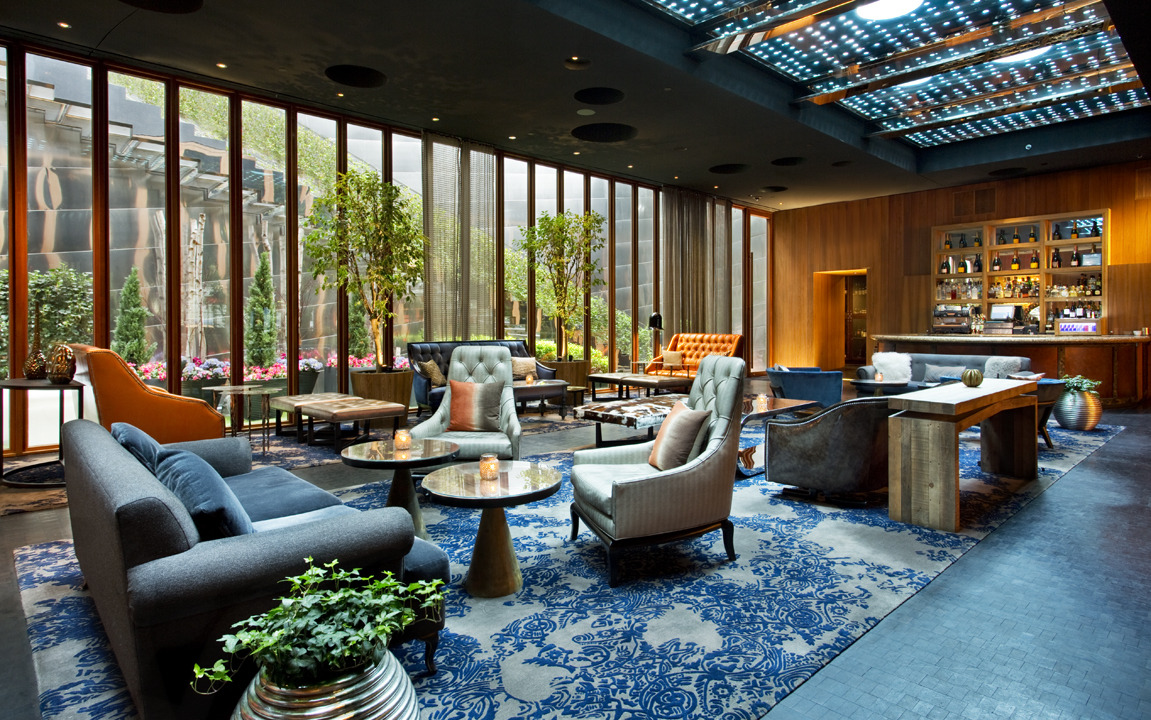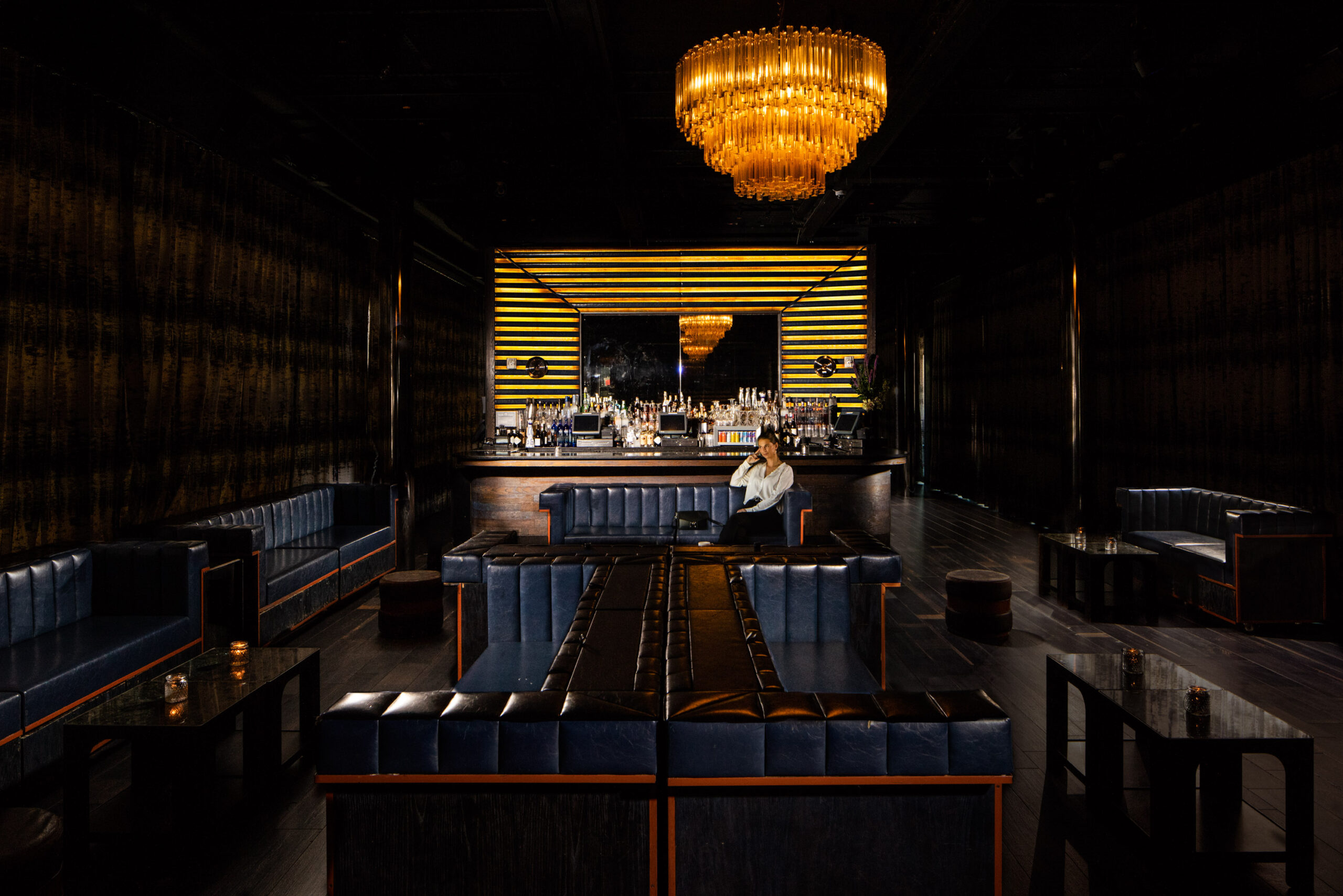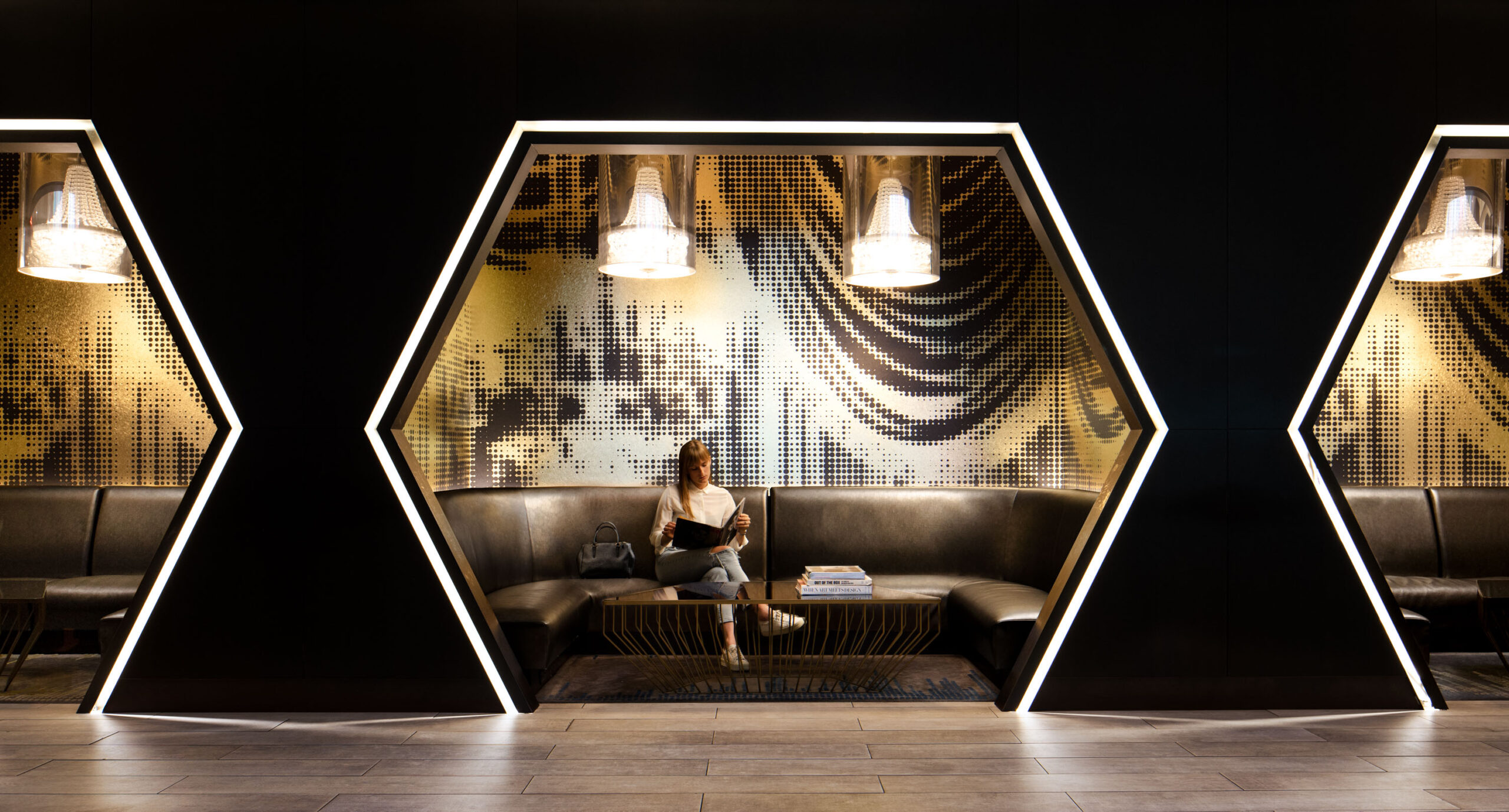Forget the hybrid hotel. It’s time to cater to the hybrid human.
By Wimberly Interiors
November 3, 2021
Hybrid models that allow employees to split their time between remote work and the office will be very common for the balance of 2021 and beyond. Forbes, based on recent research from the LaSalle Network, reports that 77% of CEOs say their companies will follow a hybrid model in the next twelve months. As these hybrid models prove to be successful, and as employees place greater emphasis on this flexibility, it’s likely that they’ll be here to stay.
Shifting the way hotels think about their guests can illuminate a new path forward.
Work-friendly spaces and amenities give hotels a leg up in attracting remote workers – and their companies – as customers. But this must go beyond putting a desk in the corner of each guestroom and a basic “business center” in the lobby.
Now is the time for hotels to push further and offer something fresh and unique. This pandemic has changed people forever. Businesses need to change too, and not just temporarily.
Shifting the way hotels think about their guests can illuminate a new path forward. It’s common for a hotel guest to be categorized as a business or leisure traveler, traveling with family, friends or solo. But consider that each individual can be all of those people. All at once. And in 2021, people are multi-tasking in simultaneous live-work-play mode more than ever before. The world has slowly but surely been heading in this direction for a long time. The pandemic just pushed us here faster, and now there’s no looking back.
So, how can developers and operators go about it?
Rethinking hotel spaces is all about proactively anticipating the dynamic needs of today’s multi-faceted hotel guest, writes Josh Held, Wimberly Interiors’ Director of Entertainment, and considering the furnishings and amenities that are more productive for the guest, and productive for the hotel.
2021 is seeing a different kind of movement that goes far beyond traveling salespeople, budding entrepreneurs, and independent contractors. And it’s changing the game for the long term.
The guestroom
Guests will continue to seek a comfortable and calming sanctuary where they can rest and relax, and yet today they will also seek a functional workspace that is more inviting (and thus more useful/less wasteful) than the traditional desk in the corner of the room. A more productive configuration could include a central “work bar” that feels spacious, like a modern home’s open kitchen island, and well-equipped with high-quality light, power, and seating. The rest of the room has been thoughtfully designed too, with interesting details, plants and artwork that serve as an inspiring backdrop to work, including Zoom calls that invite colleagues into the room virtually. After work, the same bar-island furnishings could become useful settings for in-room dining, craft-cocktail making, or family game nights.
The public spaces
The hotel’s public spaces can be similarly retooled in order to balance rejuvenation with productivity. Pools and seaside settings with soothing water and lush landscapes have always had appeal for vacationers. Now targeting today’s working vacationer, cabanas could be outfitted with wifi and power, worktables and a choice of seating, and reserved by the hour or day. Some cabanas would be open to the fresh air and sunshine while others could be more private and enclosed for calls and focus time. The hotel would benefit from a new source of revenue, while guests benefit from a restorative change of scenery.
And, what is the long-term benefit?
According to Josh, investing in these amenities and services now can provide a healthy boost to both the bottom line and brand reputation. Not only does each property increase its appeal to individual travelers, but their employers also take note of the positive impact of a productive, restorative working vacation – especially the employers who have cut back on their own real estate and now seek venues for offsite company meetings or gatherings.
Investing in amenities and services now can provide a healthy boost to both the bottom line and brand reputation.
And the investments can be made in achievable increments over time, experimenting with new ideas and testing what guests respond to, based on each property’s unique culture and site. Specific design solutions will always vary, but above all, work-friendly spaces must be comfortable, attractive, stimulating as well as soothing. A thoughtful design approach ensures that working guests are not relegated to the same-old, same-old and instead feel the sense of rejuvenation from time spent in new or different places.
But none of this is new. Right?
Of course, it’s not new for hotels to cater to workers. The Ace Hotel in New York City is one of the best examples of a hotel lobby full of people working at communal tables from coffee hour to cocktail hour (and full disclosure, this is precisely where Josh worked in the early days of Josh Held Design, prior to joining Wimberly Interiors). And desks have been standard fixtures in hotel rooms for decades. But 2021 is seeing a different kind of movement that goes far beyond traveling salespeople, budding entrepreneurs, and independent contractors. Employees of all kinds have now experienced the ease of working from home, and many companies have understood that remote work is not a detriment to productivity nor profitability. This movement is happening at a broader level than ever before, and it’s not going away. It’s changing the game for the long term.
The hotels and other hospitality properties that embrace 2021’s hybrid models – and acknowledge that today’s hotel guest is also a multi-dimensional hybrid – will be better poised for success.
It’s time to shift the conversation beyond hygiene and safety as the biggest drivers in the future of hospitality.
Integrated (especially touchless) is a must-have. Health, wellbeing and safety – high levels of cleanliness – are also must-haves. They’ve become standard, baseline expectations. The hotels and other hospitality properties that embrace 2021’s hybrid models – and acknowledge that today’s hotel guest is also a multi-dimensional hybrid – will be better poised for success as consumer (and commercial) needs continue to evolve in 2022 and beyond. These are the properties that will continue to earn new and different forms of revenue – food and beverage, recreation and other amenities, small-format meetings and events – that can make up for reductions in more traditional travel and event income. Josh contends that by making these shifts, hotel owners, operators and team members learn to be adaptable too, and are better poised to shift further as needs arise in the future. When the working guest’s experience feels easy, effortless and enjoyable – when this complicated world feels fun again – guests are very likely to return, and recommend the venue to friends and family, and coworkers.
Latest Insights
Perspectives, trends, news.
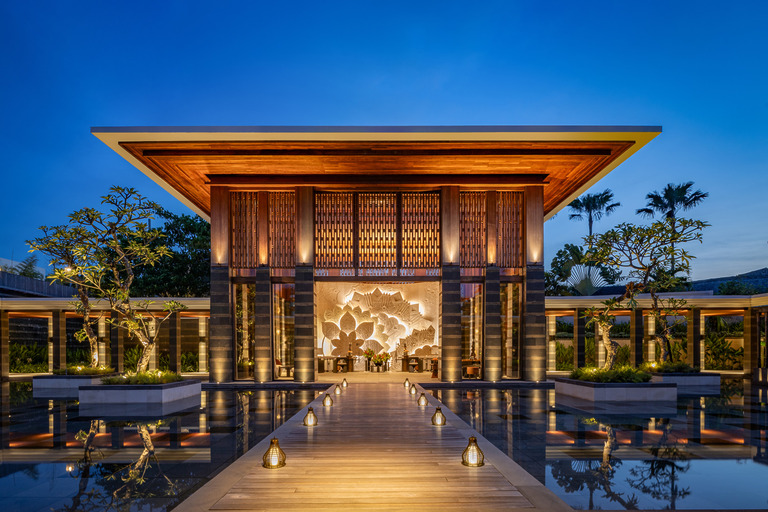
- News
2025: A Year in Review
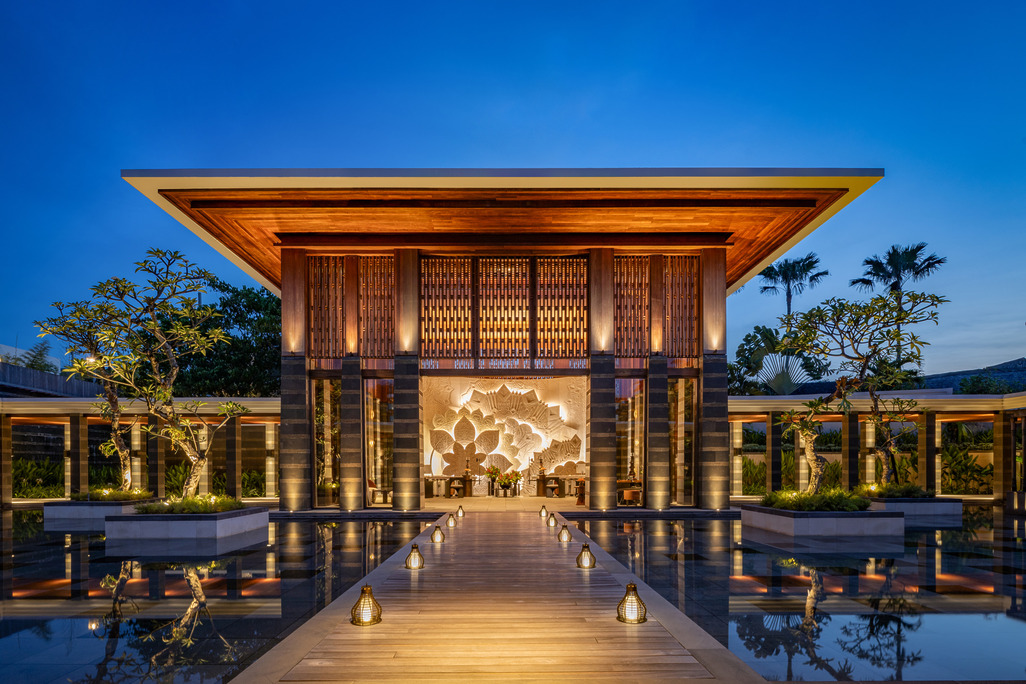
- News
2025: A Year in Review

- Design + Innovation |
- Design Thinking
The Architect of the Future

- Design + Innovation |
- Design Thinking
The Architect of the Future

- News
WATG Leads Landmark Initiative to Shape the Future of the Giza Pyramids

- News
WATG Leads Landmark Initiative to Shape the Future of the Giza Pyramids
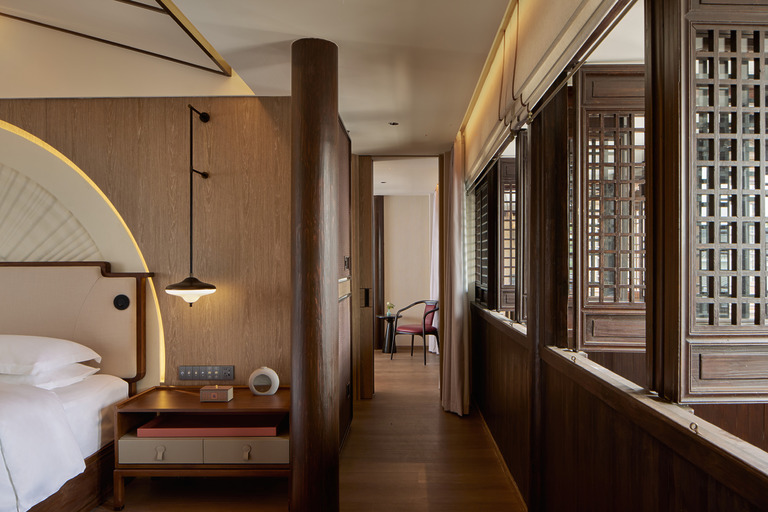
- Strategy + Research |
- Trends
Interior Design Trends 2026: Authenticity, resonance, and resilience.
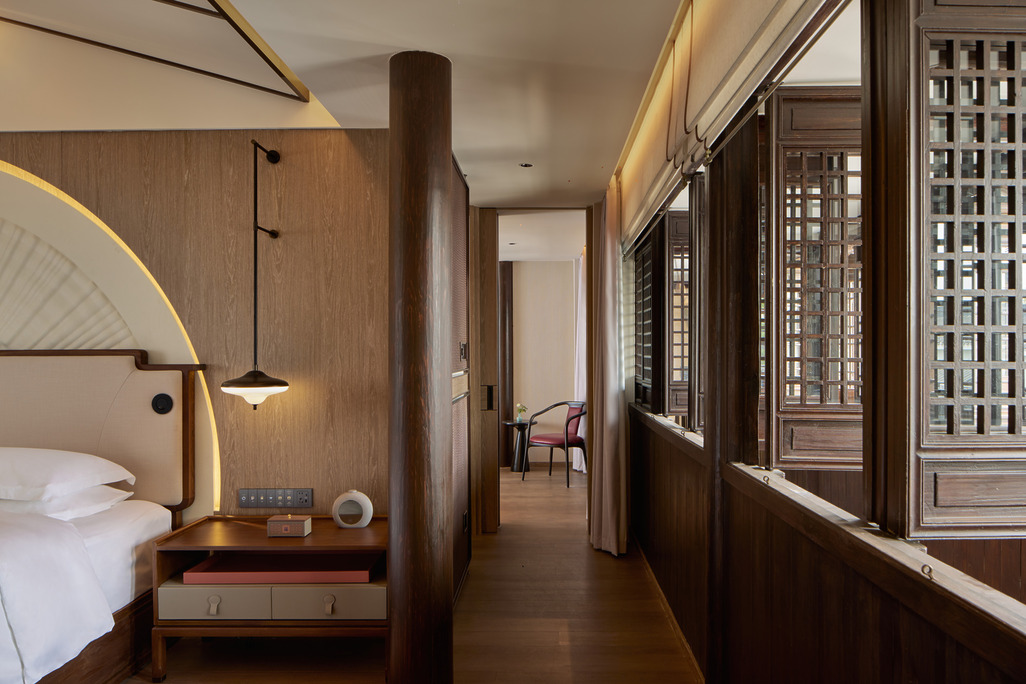
- Strategy + Research |
- Trends
